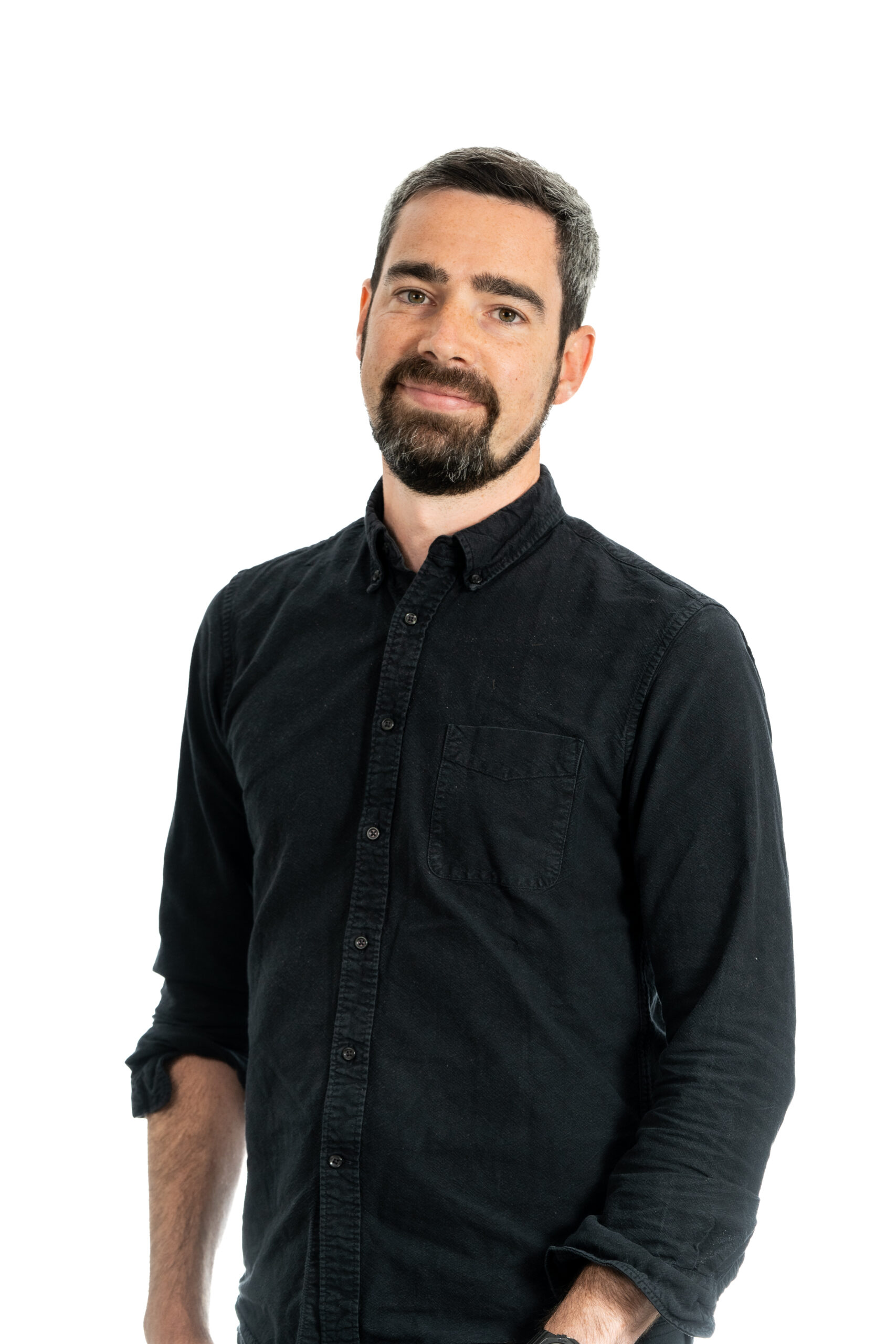Media strategy agony aunts: Ask me anything!
Whilst questions and concerns were raised regarding the AV landscape, the panel offered some great insights into new opportunities in this space. Panellists discussed new opportunities that the changing landscape offers; from introducing attention metrics as standard practice, to the importance of using the correct formats to boost attention. For example, opting for reels over feeds and adapting creative to the platform it’s going to be delivered on, can enable brands to get the most out of what channels such as Instagram and TikTok have to offer.
For larger brands that regularly invest in AV, there were also great pointers around how CTV can be used strategically for its targeting potential. For example, whilst running national linear campaigns, we can look at where the campaigns will under & over index against target audiences regionally and effectively use CTV to fill in the gaps for areas of light coverage.
Key takeout: the AV landscape is increasingly complex but if you approach it with an open and questioning mindset you will probably find relevant solutions that add genuine value.
Breaking down silos and harnessing the potential of a data-rich TV landscape
Samsung presented data showcasing its ability to provide robust insights into TV audiences; highlighting what they are watching, the linear ads they are consuming and how they are using the different streaming apps. Despite some skew towards younger demographics, its data on app usage sheds light on the dominance of new VOD platforms over BVOD (BVOD 9% share vs. AVOD 40% and SVOD 51%), although the inclusion of YouTube does the muddy the water here.
Challenges in unified planning and measurement across AV platforms were discussed, indicating the need for greater collaboration and standardisation within the industry. It was clear the ISBA origin project is making progress but still has some way to go here! This session also touched upon the issues we face with CTV planning, highlighting that despite some AV departments taking on limited planning involvement, there is generally very little unified planning within agencies. Instead, 80% of CTV is managed through programmatic teams that are taking a planning approach based on audience only, with little consideration to content and incremental reach. Equally AV planners need to consider the targeting potential of CTV rather than only CTV as a function of incremental reach.
Key takeout: there is still a long way to go to get to standardised measurement across the full AV landscape and there are shortcomings in how agencies are currently approaching CTV in their planning process. Agencies should be getting cross-departmental insight to plan AV effectively – something we champion at MI!
How Brands can make an impact for charities (and how charities can find the right partners!)
Partnerships are often hugely important to charities. When aims and values align, they can prove hugely successful. Simon Gunning from Calm spoke about the crucial elements of a charity’s corporate partnership, referencing its partnership with Money Supermarket. Gunning outlined how, to make a partnership successful, a good fit is an important starting point and that charities need to find partners that don’t shy away from confronting the difficult subjects that they want to address. In Calm’s case, there was a huge amount of research to show why the Cost-of-Living Crisis and related money worries were a major issue in relation to suicide, making Money Supermarket the right choice for a partner.
Beyond this, clear objectives are key. In Calm’s case, it wanted to assist people in overcoming the feeling of entrapment that are often provoked by money issues. Finding a partner who provides dedicated effort, adds genuine value and supportive offerings (in this case contributing useful guides and advice) enabled the partnership to flourish.
Partnerships can allow a brand to borrow the reach of its partner to project issues on the agenda to broader or specific audiences. Whilst the monetary benefits that a corporate organisation can offer charity brands is hugely beneficial, it was clear that finding the right fit was the key ingredient for the full partnership value to be realised.
Key takeout: Charities can see major gains through finding the right brand partners. However, they have to be confident that they have a partner who understands and is genuinely committed to the cause, as well as being able to bring genuine added value to help achieve core goals.
There was plenty of great food for thought beyond these sessions, whether it was more progressive ways to measure the impact of campaigns or the increasing benefits of premium digital placements in age of growing click bait and misinformation. There was also some compelling evidence on the potential gains from brands acting more responsibly; both in terms of running more efficient digital and considering the value of more diverse audiences.
These sessions provided valuable insights into the current challenges and opportunities in both media and brand strategy, paving the way for innovative approaches and collaborative solutions within the industry.
